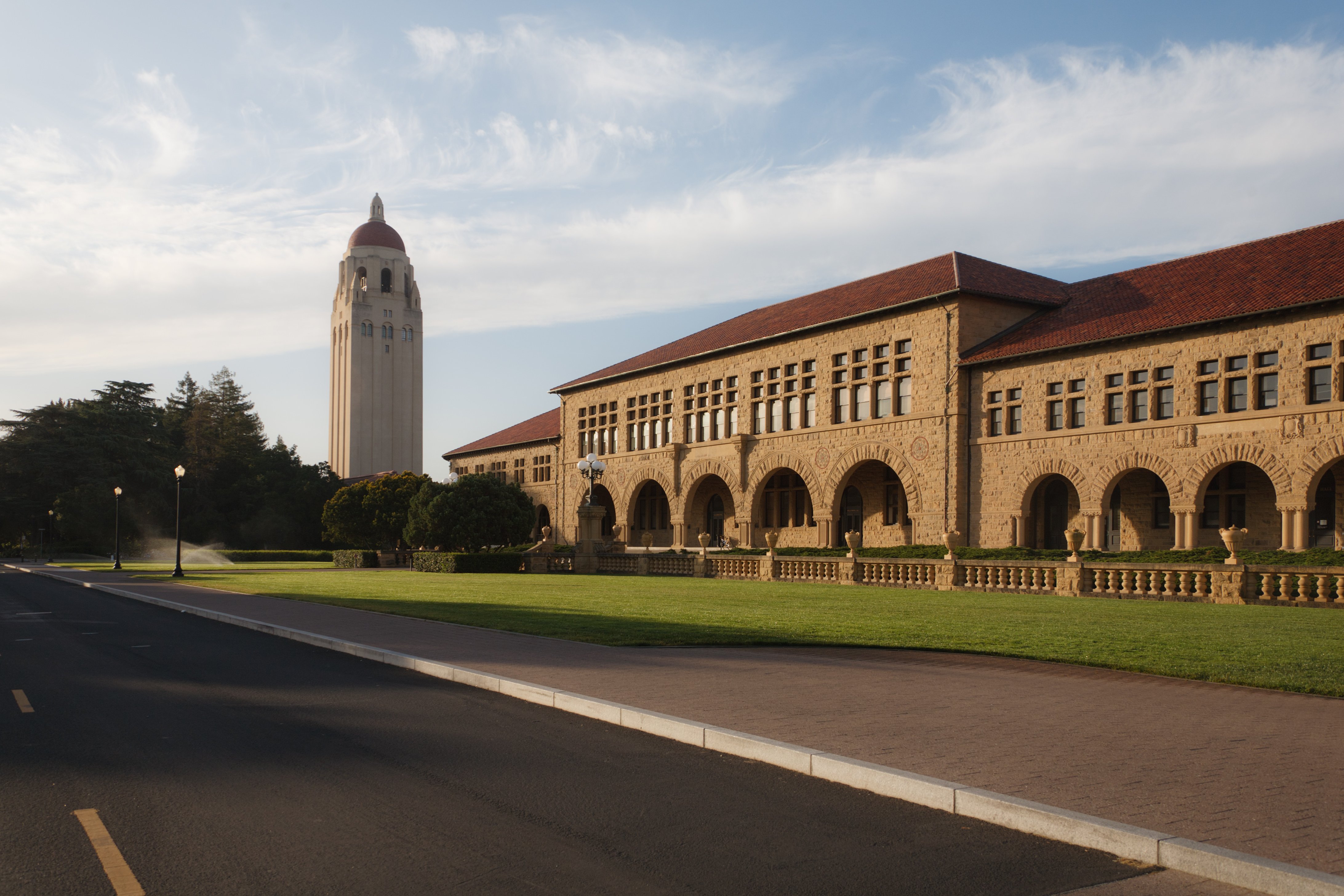It’s spring: It’s finally the glorious time of year you can wake up to pleasantly warm weather and leisurely walk to your afternoon classes as a delicate breeze sweeps the campus. Birds seem to sing rather than annoyingly chirp, and the fuzzy caterpillars have thankfully decreased in numbers. The chaos and excitement of Admit Weekend has come and gone. Classes have started to pick up as we approach the halfway quarter mark, but being able to study outside on Meyer Green and sprawl out under the sun makes work more bearable — though not always efficient. Overall, with the promise of summer vacation looming ahead, students seem happier, more carefree and less stressed compared to winter quarter, at least to me. Personally, although my course load is heavier than ever before, the weather paired with others’ more optimistic outlook on school makes me genuinely feel more content and relaxed.
But recently, as I’ve caught up with my high school friends, overheard other students complaining and noticed on social media, I’ve realized that the schools based on semester systems are nearly done with the year. In other words, while I’m sitting on Meyer Green naively feeling like the luckiest girl in the world because I get to enjoy beautiful weather while working on a CME p-set, my friends are one week away from getting out of school. Let me repeat that because I had a hard time wrapping my head around this: We still have five more weeks of a frightening mix of p-sets, presentations, essays, midterms and finals while many students our age are about to relax in the comfort of their homes, start insanely cool internships or travel with family. It’s very true that we get to start school nearly a month later than these semester colleges, but at least for right now, it seems unfair; and from what I’ve overheard, a lot of Stanford students agree.
Yet upon some reflection, I don’t think I would prefer the semester system to the quarter system (although the former does seem like the better deal at the moment). I can attest that there are various issues with our ridiculously jam-packed quarters; for example, there’s a point when we are no longer in the middle of the term and when it is no longer appropriate to subject students to a “midterm” (especially when it is week 9 and a total of three “midterms” have already been given). On the other hand, though the exams are abundant, they can only cover 10 weeks of material at most compared to the 15-week semesters. Also, because we have quarters, we can choose and take nearly 12 new classes a year. We get a fresh start every 10 weeks: It’s like with the blink of an eye, your “bad grade” from last quarter is magically gone, no longer weighing down your conscience. We get to try out more new classes without compromising our ability to fulfill major requirements. And if you get tired or bored of a specific class, all you have to do is stick it out for a few more weeks. One last advantage: The quarter system can perhaps help students snag the summer internships that run late into August when our semester peers are working away at school.
Though some of these claims may be a bit of a stretch, what I’m trying to say is that there are upsides to having a late start to summer — the benefits of the quarter system. There’s no doubt that the idea of other people kicking off their lazy summer before you do is jealousy-inducing, but if you look at the bigger picture, we have it pretty good.
Contact Serena Soh at sjsoh ‘at’ stanford.edu.
